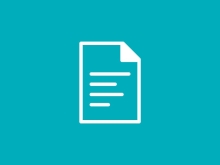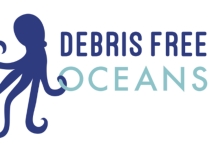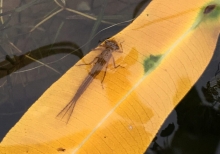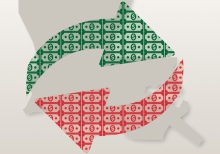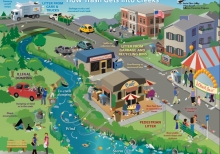Plastic Pollution
Modern life would be impossible without plastic - but we have long since lost control over our invention. Why has plastic turned into a problem and what do we know about its dangers?... 51 Trillion particles of microplastics float in our oceans. Yet there is very little science of how this affects our health. This video shows why we should gain back control over plastic in our lives.

